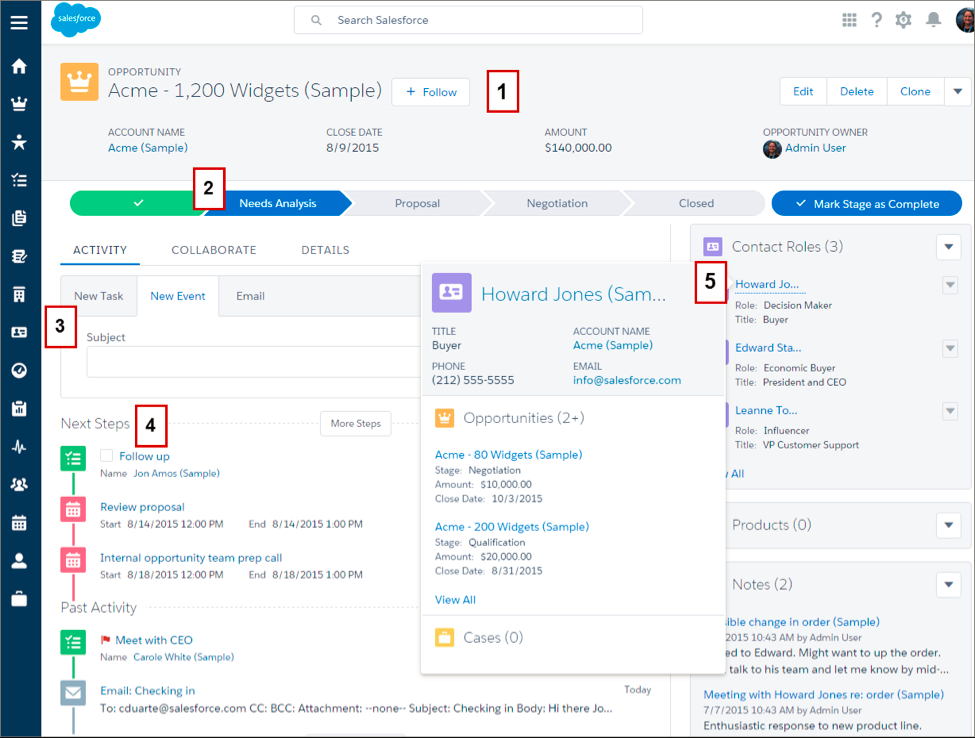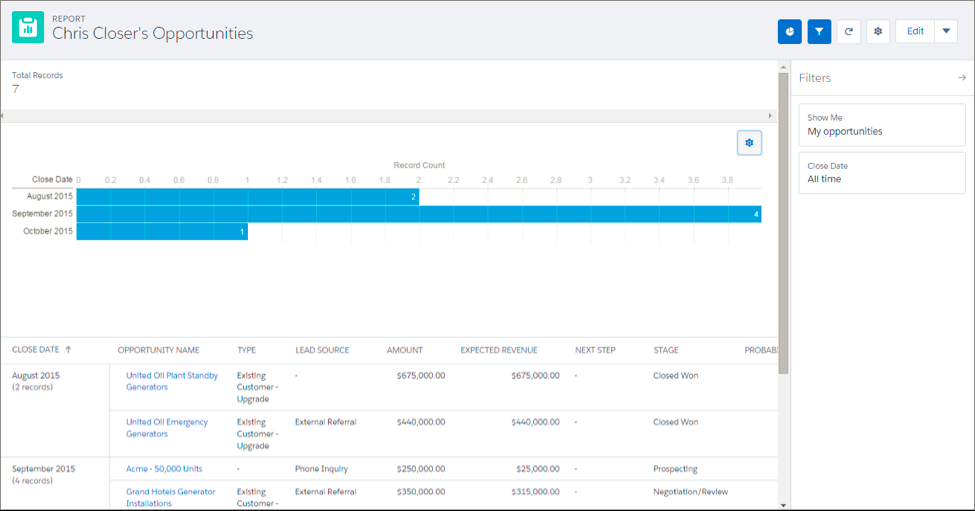How to start with Lightning Experience?
Lightning Experience is going to be the all new Salesforce for your users. It is a big change for not only Salesforce but also your organization. So, how do you make sure you and your users are ready for this?
First things first - Lightning Experience is optional. Admins can enable Lightning Experience (LE) when they are ready. So, don’t panic.
Next in the list to consider - Lightning does not support the complete set of Salesforce features. For e.g. if you are use Person Accounts, Account/Opportunity Teams, Quotes, Forecasting, or a host of other functionalities supported on “Salesforce Classic” alone, your users may not be able to use LE. Further more, you may use AppExchange apps that may not be compatible with this whole LE thing - check with your App Developer for details.
Find a good indicative list of differences between LE and Classic Experience here. You will observe that this goes beyond the functionality in a lot of places - the list columns in LE do not allow resizing in LE, custom Javascript & URL buttons are not supported, and inline editing is not enabled (detailed list of differences is on Salesforce Help).
Details about the actual Lightning Experience is sparse (at the time of writing this post). If you are working with a partner who is an insider of Salesforce, or you are one of the organizations involved in the testing, you are set with the basics.
Else, you have to plan a couple of things after Winter 2015 is released -
- Test your screens and processes with LE
- Plan for a bigger test and release cycle if you have lot of customization (Visualforce pages, etc.). The volume of changes will become more clear as we see the VF pages in LE. For e.g. the impact on pages using custom Javascript components, those using SFDC components etc. may vary.
- Be sure to read through what Salesforce will not support in Lightning. Either plan to exclude user groups that require the function, or plan to use LE partially in specific situations. Remember that Salesforce will switch LE to Classic if any specific function is not supported
Trail Head is the best way to start your preparation today.
Get your users, admins and developers to go through the End-user Track to start with. This is targeted at the end user, but is useful for the developer who is confused in all the marketing communications about LE.
The below picture of the Opportunity view certainly can get a lot of people excited, and a few in the project will start wondering on how their validations, UI customizations will behave in the new world.

Source: Trail Head
Though the UI principles look “so Web 2.0” and should be picked up by the users without issues, they may need some training in the organization context for complex processes.
Then, there are also enhancements that will be loved for sure. A list view allow users to add charts that can be sliced and diced through filters? - yeah, that will get some love all right.

Source: Trail Head
And, sometimes UI changes are not as simple as they look at the outset. A navigation bar moving from the top to the left hand side may give nightmares if responsive design best practices are not followed in the development.
Your admins and Salesforce decision makers need to go through the Admin module. You will learn about the new UI experience is about and a few tips on how to prepare for the roll out.
Finally, the Developer module starts with the Lightning Experience and also covers our favourite topics of how Visualforce and Lightning Components behave in the new world through the instructions to get started on Lightning Design System.
All things considered, here’s a high level plan that you would want to follow -
- Go through the list of features unsupported in LE, and decide whether there are any groups who can be deployed on LE. If you have a small, well-informed user-base and are completely comfortable providing a “mixed” experience, brace yourselves for that
- Get the LE certification path for your apps
- Get your UI customization tested on Lightning Experience. Change where required
- Get feedback from your super users and a representative group for whom LE can be potentially deployed
- Train pilot users, and roll out pilot
- Roll out to all target users
Simple enough, ain’t it?
Head over to Lightning Experience Roll out module if you are one of the few who is interested in details. If you are one of the very few who keeps their users, managers and other stakeholders involved, you can start using the Lightning Experience Enablement pack.